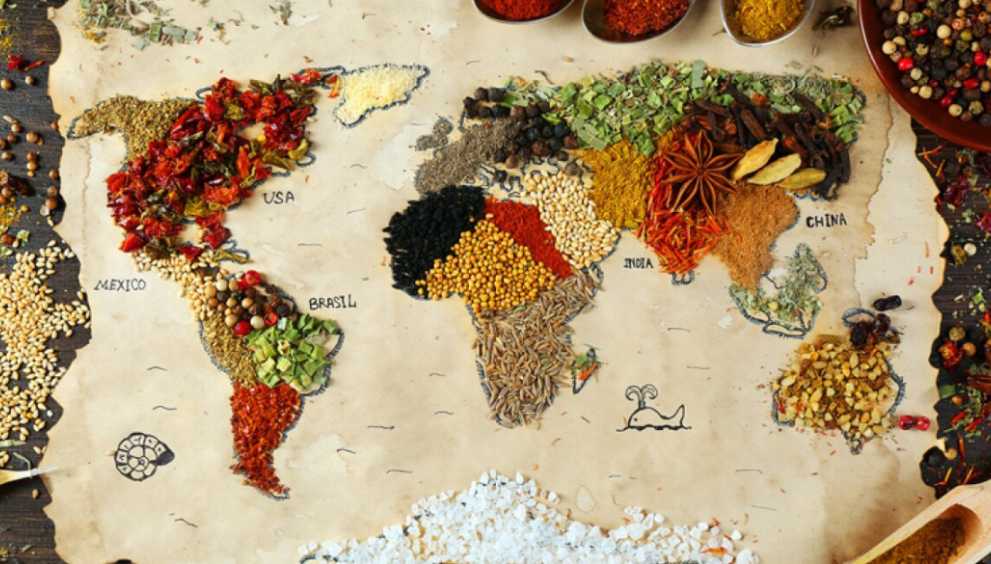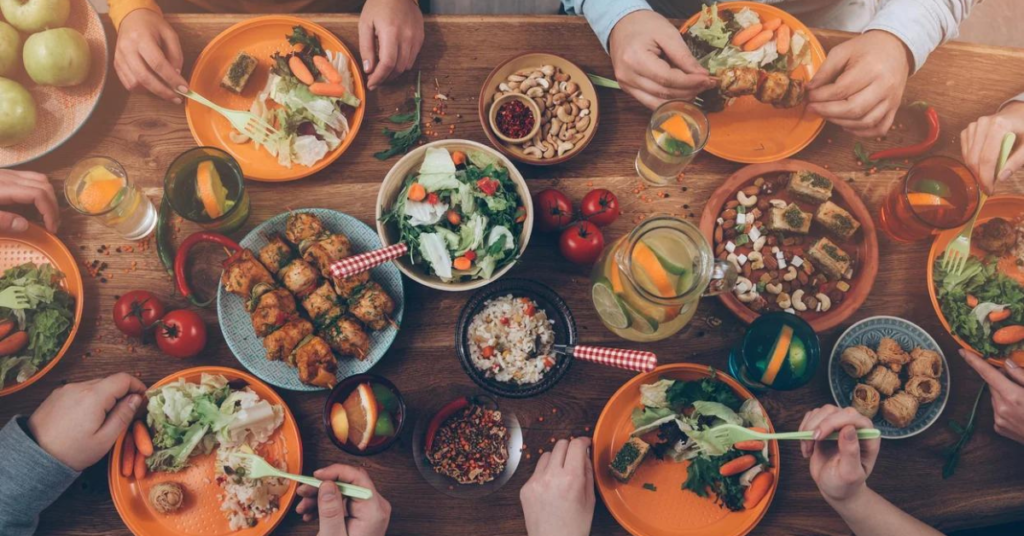Dining Around the Globe: Cultural Food Traditions Worth Tasting

Food is more than simply sustenance; it is a window into the soul of a tradition. Across the globe, diverse culinary traditions have developed, each supplying a unique combination of flavors, components, and strategies. From the highly spiced curries of India to the delicate sushi of Japan, exploring cultural food is like embarking on a flavorful adventure around the arena. Let’s delve into some of the maximum captivating cultural meal traditions well worth savoring.
Exploring Cultural Food
The Rich Tapestry of Cultural Food
Its reflects a society’s history, geography, and values. It’s a party of historical past and identity, surpassed down through generations. Each dish tells a tale, connecting people to their roots and fostering an experience of belonging.
Diversity in Ingredients and Flavors

One of the most striking aspects of cultural food is its diversity. Every area boasts its wonderful ingredients and flavor profiles, formed by using neighborhood agriculture, climate, and customs. Whether it’s using aromatic spices in Indian cuisine or the emphasis on sparkling seafood in Mediterranean fare, cultural meals showcase the abundance and variety of herbal international.
Traditional Cooking Techniques
Beyond components, cultural food is defined through its cooking strategies. From sluggish cooking stews to short stir-fries, each approach is designed to maximize taste and texture. Traditional utensils and gadgets play a critical function, maintaining authenticity and including a hint of nostalgia in each dish.
Social and Ritualistic Significance
Food is regularly in the middle of social gatherings and rituals, catalyzing bonding and celebration. Whether it is a dinner party to mark a special occasion or a simple meal shared among buddies, cultural food brings humans together and strengthens communal ties.
Fusion and Evolution
While cultural food is steeped in culture, it is also dynamic and ever-evolving. Migration, alternate, and globalization have brought about culinary pass-pollination, giving an upward push to fusion cuisines that mix elements from exclusive cultures. These progressive dishes provide a contemporary twist on age-vintage traditions, reflecting the interconnectedness of the modern international.
Frequently Asked Questions (FAQs)
Ans. Cultural food is precise because of its deep-rooted connection to a particular culture’s history, geography, and values. It displays the various ingredients, flavors, and cooking techniques handed down through generations.
Ans. Cultural food serves as a gateway to information from one-of-a-kind cultures with the aid of imparting insights into their culinary traditions, customs, and rituals. Sharing meals lets humans to connect a private degree and admire cultural diversity.
Ans. While cultural meals frequently emphasize authenticity, it is also a challenge to version and innovation. As cuisines evolve, they may contain new substances, cooking strategies, and impacts from different cultures, resulting in hybrid dishes that mirror cutting-edge tastes.
Ans. Food plays a significant position in shaping cultural identity with the aid of serving as an image of heritage and belonging. Traditional dishes are handed down through generations, keeping the cultural background and fostering a feeling of delight and continuity.
Ans. One can experience cultural meals without visiting by exploring nearby ethnic restaurants, attending meal festivals, or experimenting with genuine recipes domestically. Virtual cooking lessons and cultural alternate applications additionally offer opportunities to engage with various culinary traditions.













